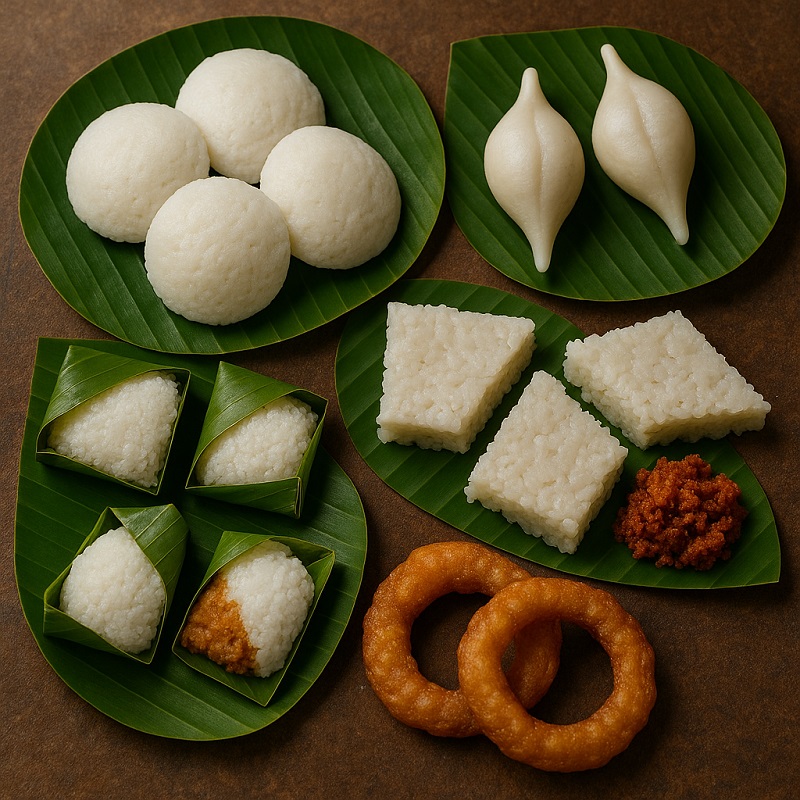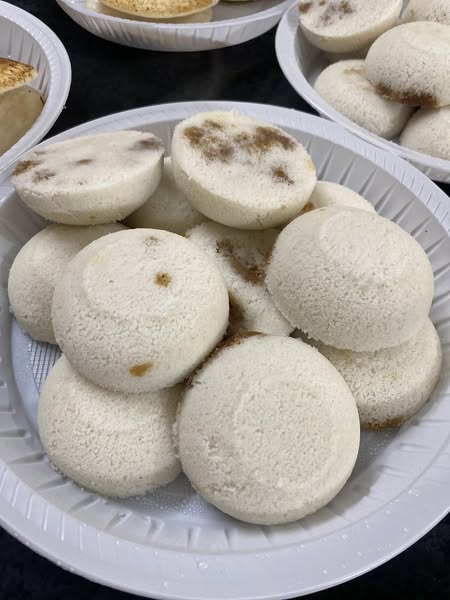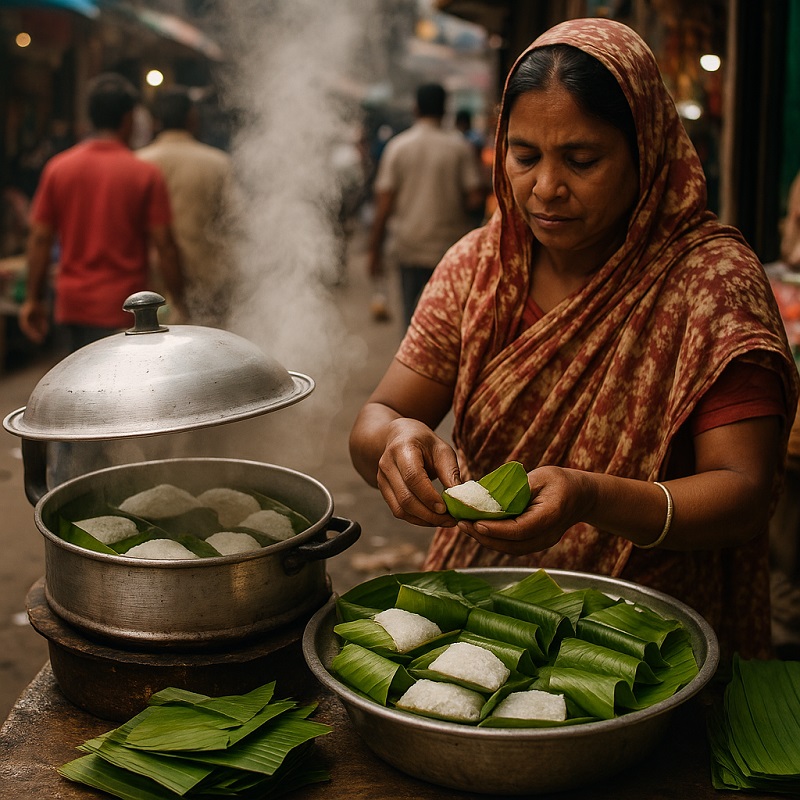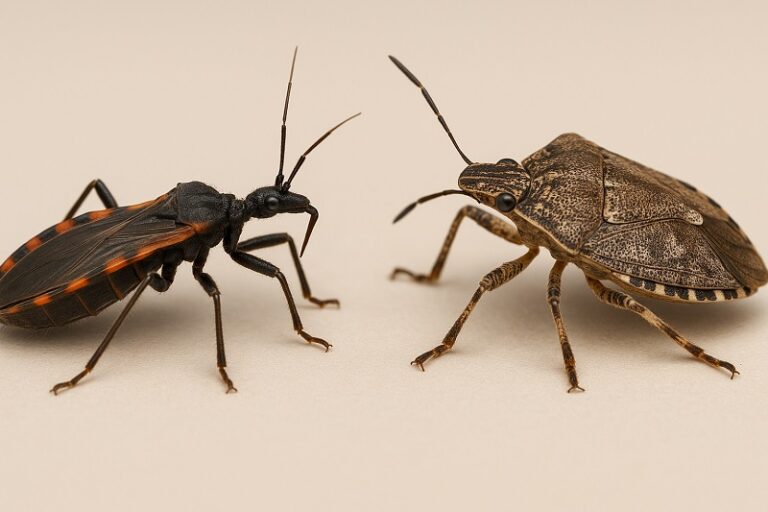South Asia is a land of rich traditions, vibrant festivals, and diverse cuisines. Among the many culinary treasures, rice cakes stand out as a beloved staple across the region. Whether you’re a curious traveler, passionate foodie, or cultural explorer, knowing the names and stories behind South Asian rice cakes opens up a world of taste and tradition.
What Is a South Asian Rice Cake?
South Asian rice cakes are traditional delicacies made primarily from rice flour. Whether steamed, fried, or baked, these sweet or savory creations hold deep cultural significance. Rooted in regional customs, they are staples in religious offerings, festivals, and family rituals across South Asia.
Core Ingredients:
- Rice flour
- Grated coconut
- Jaggery (unrefined cane sugar)
- Lentils and spices
Compared to East Asian varieties like mochi or tteok, South Asian rice cakes offer more rustic textures, bold flavors, and intimate cultural ties.
Iconic South Asian Rice Cakes by Country
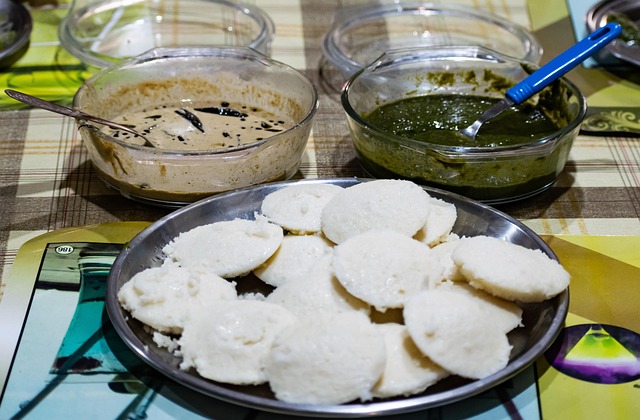
India
Idli (Tamil Nadu, Karnataka, Andhra Pradesh): Soft, fermented rice and urad dal steamed cakes. Commonly eaten with chutney and sambar.
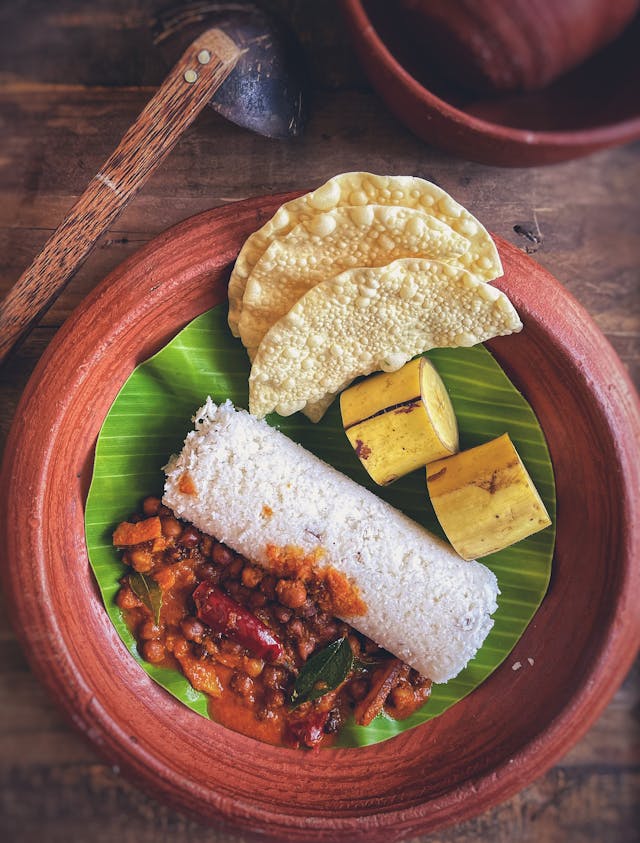
Puttu (Kerala): Cylindrical steamed cake with grated coconut. Served with banana and kadala curry.
Patoleo (Goa/Maharashtra): Sweet rice cake wrapped in turmeric leaves, filled with coconut-jaggery mixture.
Bangladesh & Eastern India

Bhapa Pitha: Steamed cakes stuffed with coconut and jaggery, especially popular in winter.
Chitoi Pitha: Bowl-shaped, spongy cakes served with molasses or mustard curry.

Patishapta & Puli Pitha: Rolled or dumpling-like rice cakes filled with sweet coconut mixtures.
Nepal
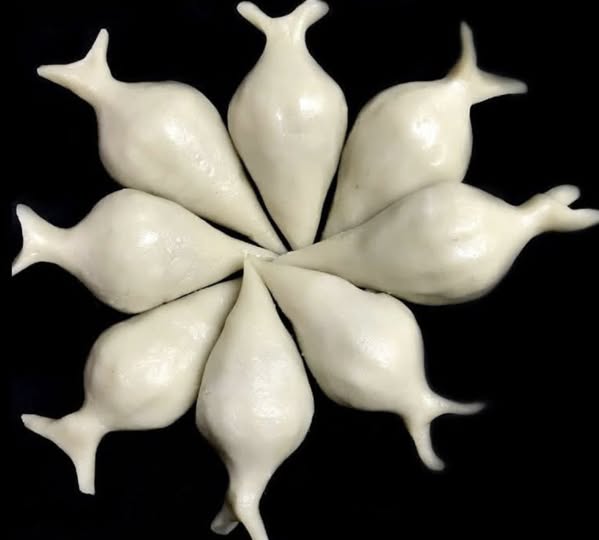
Yomari: Steamed teardrop-shaped rice cake filled with sesame and molasses (chaku). Celebrated during Yomari Punhi.
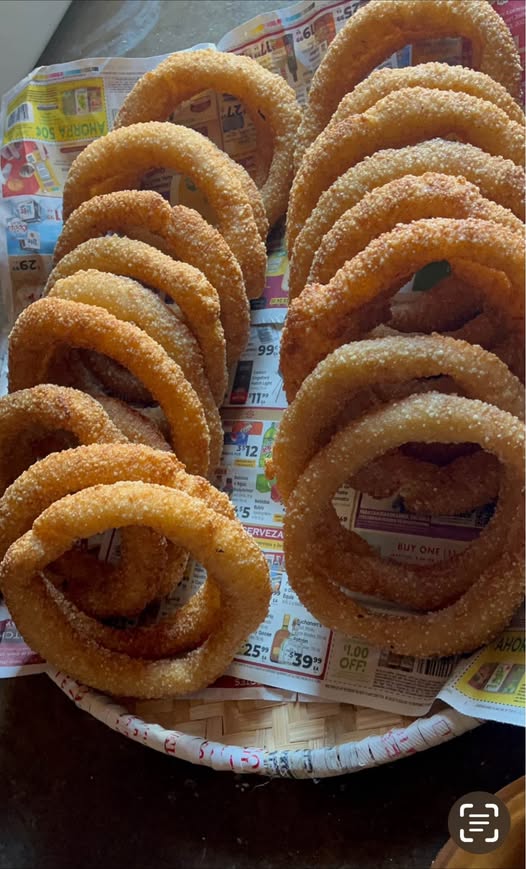
Sel Roti: Ring-shaped, deep-fried rice cake made during Tihar and Dashain.
Sri Lanka

Kiribath (Milk Rice): Rice cooked with coconut milk, cut into diamonds, and eaten during Sinhala and Tamil New Year.
Bibikkan: A spiced rice flour-based cake enjoyed during festive events.
Pakistan
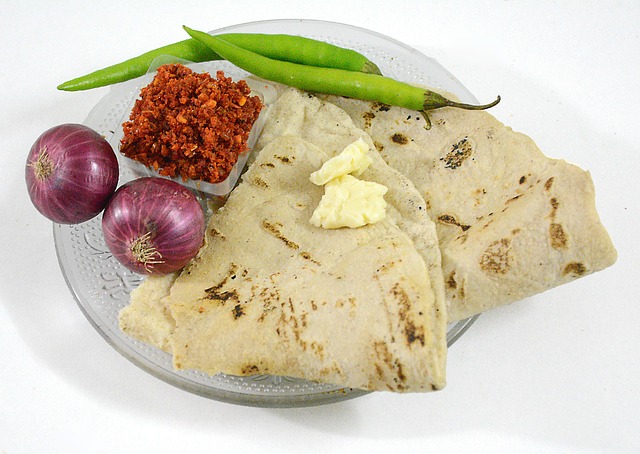
Chawal ki Roti: Less common, flatbread-like rice cake found in tribal or rural areas.
Seasonal Guide to South Asian Rice Cakes
| Season | Common Rice Cakes | Notes |
| Winter (Dec–Feb) | Bhapa Pitha, Chitoi, Patishapta, Sel Roti | Most vibrant time for rice cake variety |
| Spring (Mar–May) | Kiribath, Yomari, Sweet Pithas | New Year and spring fairs |
| Summer (Jun–Aug) | Dried Puli Pitha, Idiyappam | Drier cakes that store longer |
| Autumn (Sep–Nov) | Sel Roti, Yomari, Kiribath | Major festivals like Dashain, Yomari Punhi |
| Year-round | Idli, Puttu, Kiribath | Breakfast staples across households |
Where to Try South Asian Rice Cakes (Street Food & Festival Guide)
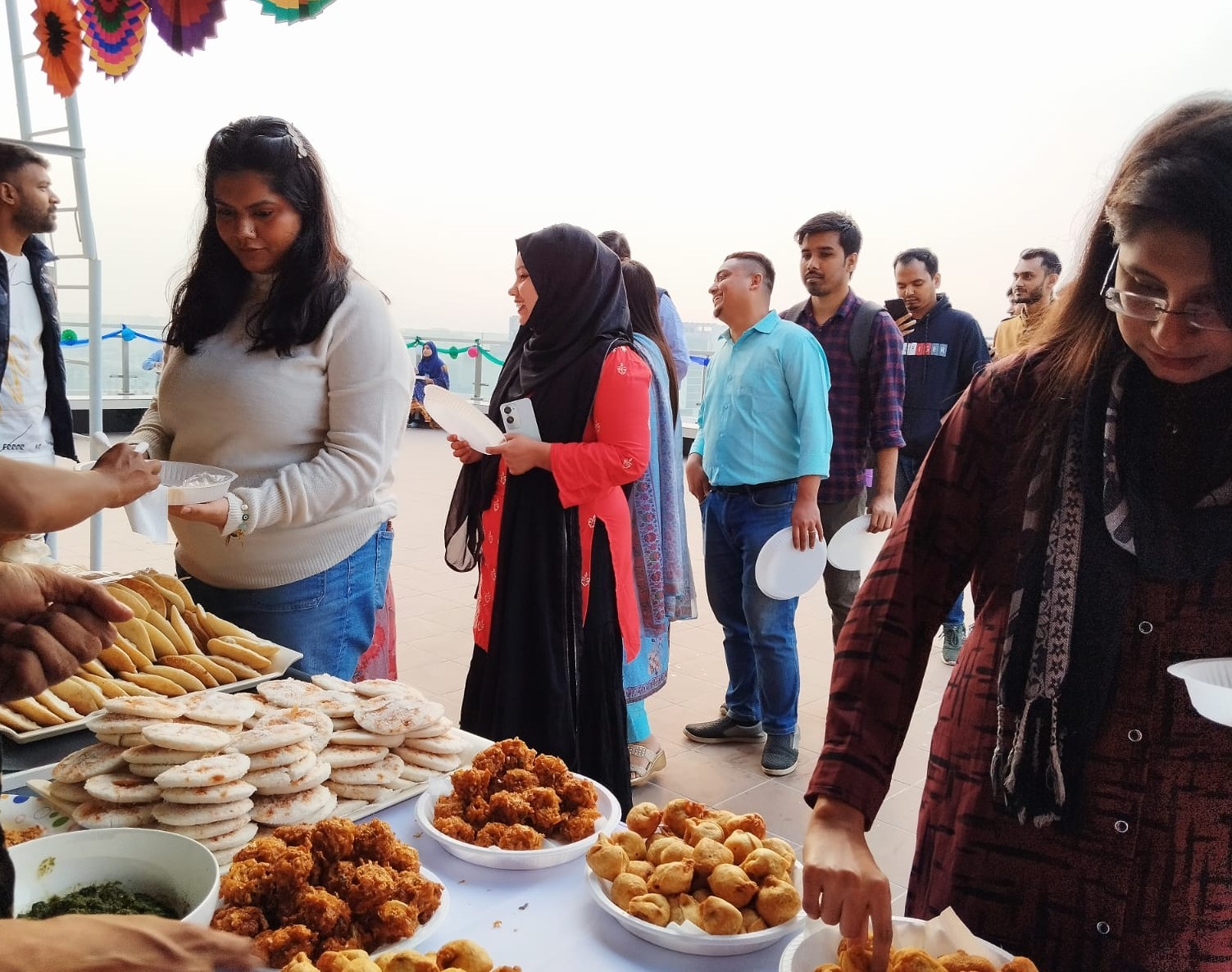
Dhaka, Bangladesh
- New Market: Try Bhapa Pitha fresh from steamers.
- Popular Vendor: Pitha Ghar by Jannat Apa
Chennai, India
- Street Vendors: Hot idlis with chutney on banana leaves.
- Top Spots: Murugan Idli Shop, Ratna Cafe
Kathmandu, Nepal
- Festival Alleys: Watch Sel Roti made over open flames.
- Best Time: Dashain, October-November
Colombo, Sri Lanka
- Galle Face Green: Kiribath with sambal at sunset.
- Vendors: Nana’s Food Truck, Royal Kiribath Kitchen
South Asian Festivals Featuring Rice Cakes
| Festival | Country | Rice Cake | Cultural Meaning |
| Nabanna Utsav | India/Bangladesh | Bhapa Pitha, Chitoi | Harvest and gratitude |
| Tamil Pongal | India | Idli, Puttu | New harvest, community offering |
| Dashain & Tihar | Nepal | Sel Roti | Reunion, guest honor |
| Sinhala & Tamil New Year | Sri Lanka | Kiribath | First food of the year, blessings |
Why South Asian Rice Cake Shines in Traditional Festivals
While biryani and samosas often headline South Asian cuisine, rice cakes play a quieter yet deeper role in the region’s rituals and celebrations. These humble creations aren’t just food—they’re living traditions.
Symbol of Celebration: Whether it’s idlis in Tamil Nadu temples or pithas during Bangladesh’s Nabanna festival, rice cakes symbolize abundance, purity, and unity.
Heritage Through Taste: Passed from grandmothers to grandchildren, rice cake recipes are often unwritten, learned by doing and tasting during festive rituals.
First Food of Festivity: In events like Pongal or Sinhala New Year, rice cakes such as Kiribath or Puttu are often the first items served after prayers.
Why Still Hidden Gems: Unlike sweets like gulab jamun, rice cakes remain local, seasonal, and labor-intensive. Their rarity adds to their charm.
A Gift for Curious Travelers: For tourists willing to venture beyond guidebooks, rice cakes offer deeply immersive, emotional culinary moments.
South Asian Rice Cake vs Mochi vs Tteok
| Feature | South Asian Rice Cake | Mochi (Japan) | Tteok (Korea) |
| Main Ingredient | Rice flour, coconut, jaggery | Glutinous rice | Glutinous & non-glutinous rice |
| Texture | Rustic, spongy, or chewy | Soft, stretchy | Dense, rubbery |
| Festival Use | Harvest, temple, New Year | Japanese New Year | Birthdays, ancestral rites |
| Tourist Accessibility | Local vendors, homes, festivals | Commercially available | Commercially available |
| Sweet/Savory | Both | Mostly sweet | Both |
Why Tourists Love South Asian Rice Cakes
- Authenticity: Tied to festivals and home cooking.
- Visual Appeal: Banana leaves, turmeric wraps, rustic clay steamers.
- Culinary Adventure: Savory to sweet, crispy to gooey.
- Accessibility: Low-cost, high-reward local delicacies.
- Cultural Immersion: Cooking stories passed down generations.
Are South Asian Rice Cakes Gluten-Free?
Yes, mostly. Most are made from pure rice flour.
Caution: Commercial or fusion versions may contain:
- Wheat flour
- Semolina
- Lentil flours
Safe Gluten-Free Options:
- Idli (India)
- Bhapa Pitha (Bangladesh)
- Yomari (Nepal)
- Kiribath (Sri Lanka)
Traveler Tip: Use a translation card for gluten allergies in local languages.
Tips for Travelers
- ✅ Ask locals what’s seasonal or available.
- ✅ Look for banana leaf packages in markets.
- ✅ Be respectful of religious offerings.
- ✅ Be curious but ask if unsure of ingredients.
Easy Home Recipes
Bhapa Pitha:
- Mix rice flour, grated coconut, jaggery
- Steam in small bowls or banana leaf
Basic Idli:
- Soak rice and urad dal overnight
- Grind and ferment
- Steam for 10 minutes in molds
Tools:
- Idli steamer
- Banana leaves
- Puttu maker (bamboo or metal)
FAQ
Q1: Are South Asian rice cakes gluten-free?
A: Most are, but always check for wheat-based additives.
Q2: Best time to try Pitha?
A: Winter, especially during Nabanna or Poush Parbon.
Q3: Are they vegan?
A: Many sweet ones are; savory ones may have ghee or yogurt.
Q4: Which is best for beginners?
A: Try Idli or Bhapa Pitha.
Q5: Can I find them abroad?
A: Yes, especially in ethnic grocery stores or cultural events.
Conclusion: More Than Just Food
South Asian rice cakes are a living connection between generations, rituals, and flavors. From the spongy idli of Tamil Nadu to the teardrop-shaped yomari of Nepal, they are not just snacks—they are edible history. To taste one is to step into someone’s memory, their kitchen, and their culture.
Next Steps: Planning a trip to South Asia? Mark your calendar for festival months, and prepare to taste the warm, wrapped-in-leaf, passed-down love that is the South Asian rice cake.
Images are collected from social media


